About 2,000 years ago, in what has seemed to some people the inhospitable desert of Central Arizona, Indian people developed a farming culture which utilized extensive irrigation systems. As farmers they raised corn (maize), tepary beans, grain amaranth, agave, and little barley. This ancient culture, called Hohokam by archaeologists, is considered ancestral to the O’odham peoples.
Hohokam history is generally divided into two major periods: Preclassic (from about 200 to 1150 CE) and Classic (from about 1150 to 1450 CE). The Preclassic Period is characterized by clusters of small villages along the canal systems and the construction of ball courts.
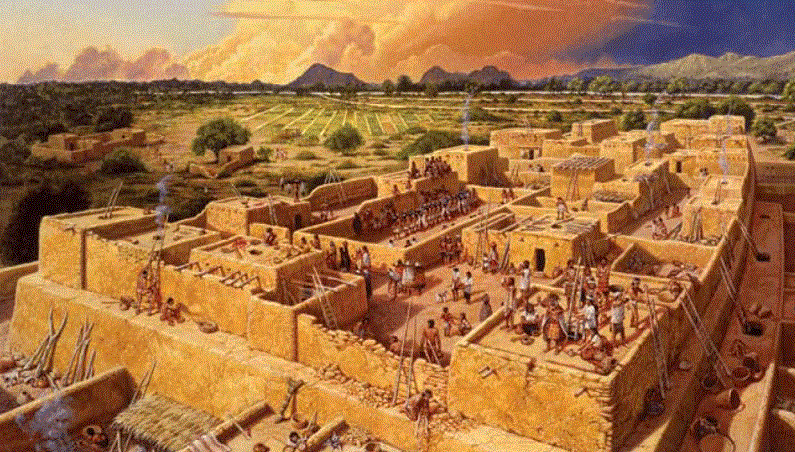
Sometime after 1100 CE, the Hohokam ball courts seemed to be less important and the people began constructing platform mounds. These platform mounds took on greater importance and between 1250 and 1350 they grew dramatically in size. During this time, the platform mounds would be composed of thousands of cubic feet of fill. The construction of these mounds required community labor on a massive scale. Some archaeologists have calculated that construction of the larger mounds may have required 50,000 person-hours.
Most of the platform mounds—more than 120 have been identified—were constructed in the Phoenix Basin. The mounds were often built within an adobe compound and some of them are over 3.5 meters (12 feet) high. On top of the mounds there were as many as 30 rooms.
While the ball courts of the early period were open and seemed to encourage spectators, the platform mounds have limited access. This seems to suggest a major change in Hohokam social organization. Archaeologist Brian Fagan, in his book Elixer: A History of Water and Humankind, writes: “It is as if Hohokam society became more hierarchical, with only a few individuals having access to the precincts within the enclosures.”
The construction of the platform mounds seems to suggest a change from a relatively egalitarian society to a more stratified society, a society in which an elite group was setting itself apart from other people. The platform mounds seem to be associated with elite activities.
The shift from ball courts to platform mounds suggests that there was a change in religion, in the nature of the Hohokam’s relationships with the supernatural. While the ball courts were built into the ground, the platform mounds seem to reach for the sky. Brian Fagan writes: “It was as if a few members of society elevated themselves in both material and spiritual terms above everyone else, whereas in earlier times the relationship between the living and the ancestors, with the underworld where humans originated, had been more important. Now, perhaps, the close spiritual relationships were between a few individuals with unusual powers and the water deities of the supernatural realm.”
After 1400, many of the Hohokam towns were abandoned. This may be due to a combination of environmental factors (including the build-up of salt in the soil from irrigation) and civil warfare. According to Gregory Schaaf, the director of the Center for Indigenous Arts and Culture, in his book Ancient Ancestors of the Southwest: “Pima oral history tradition describes how elite Hohokam leaders became oppressive and locals drove them back to the south, as part of a liberation movement.”
At the beginning of this decline, the population of the Phoenix basin is estimated at 40-50,000. During the next 200 years, it will drop to 5,000.
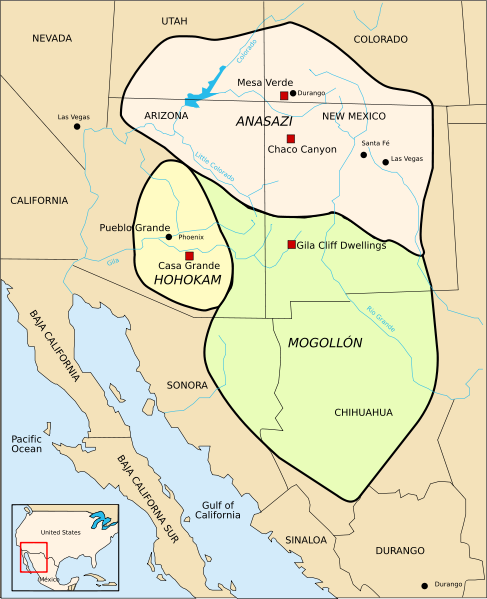
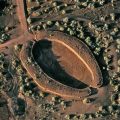
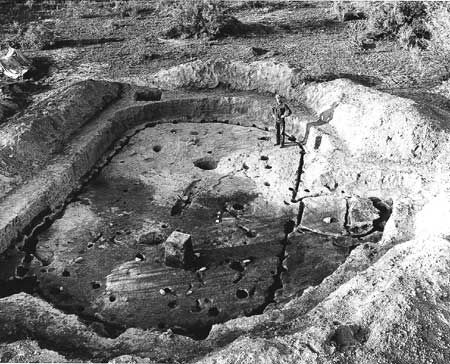
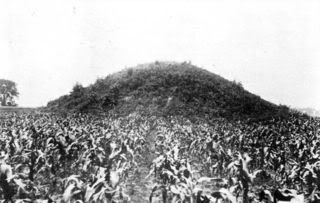
Leave a Reply